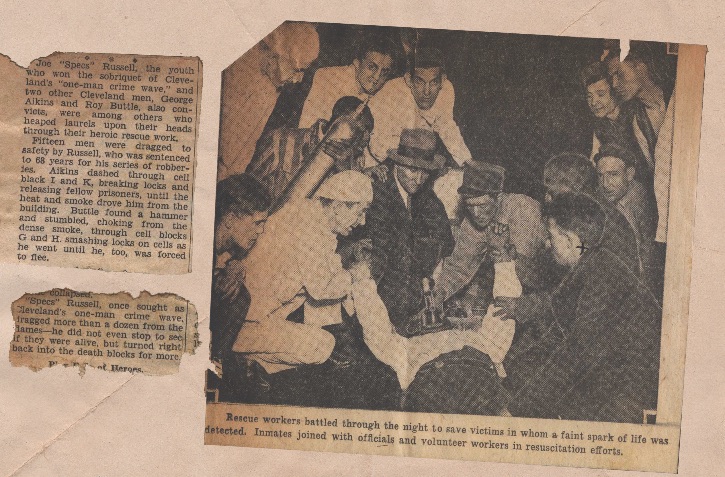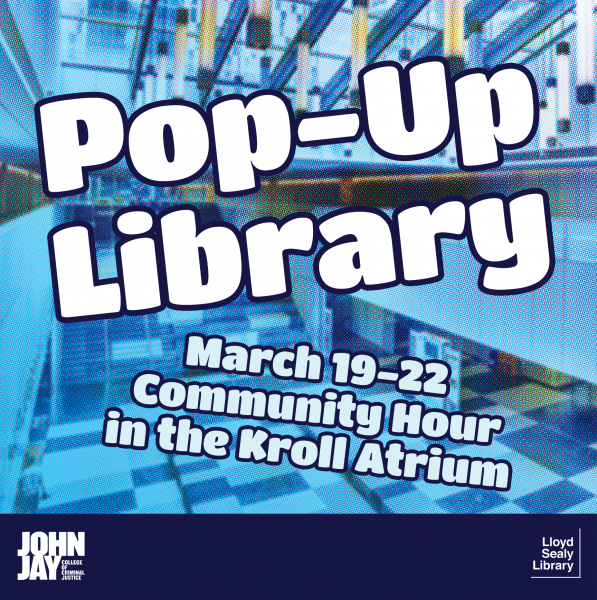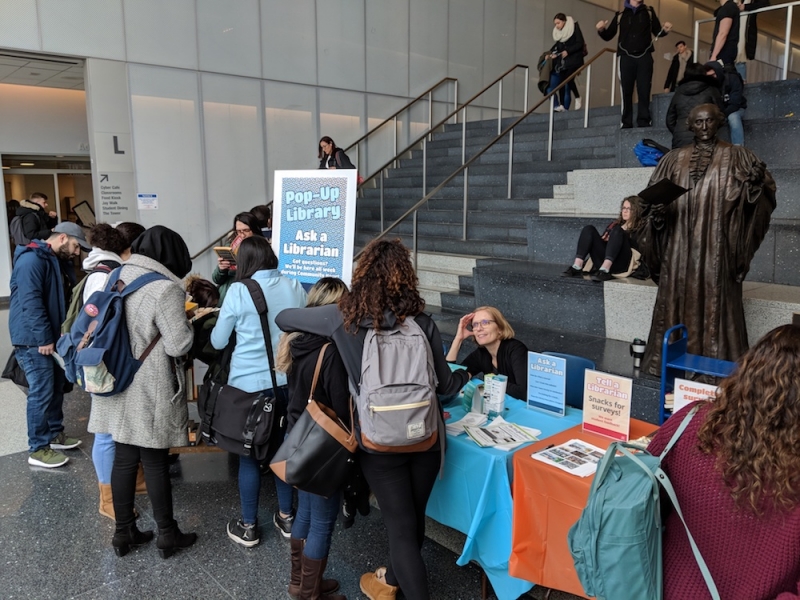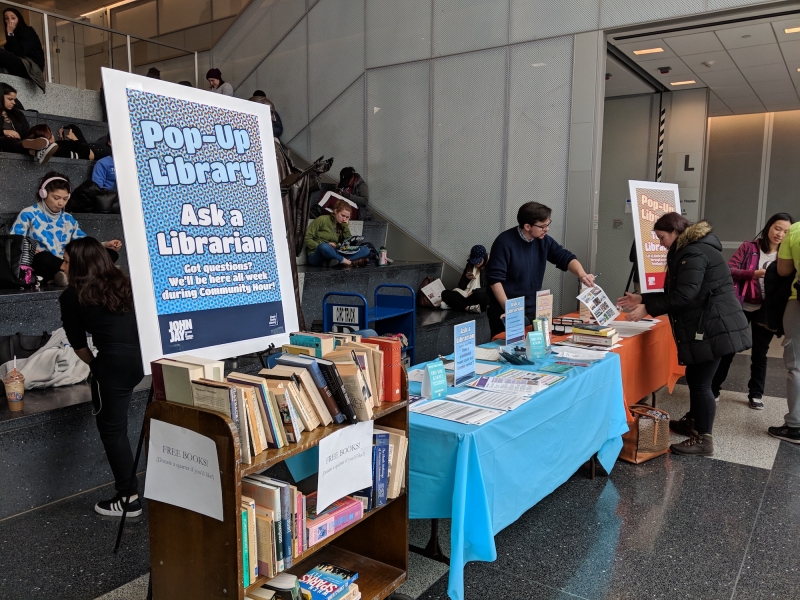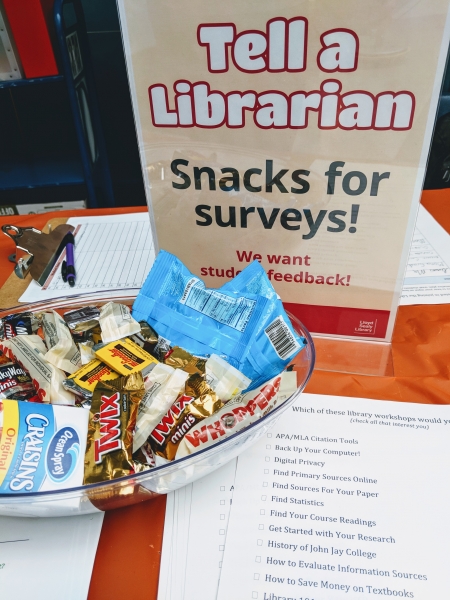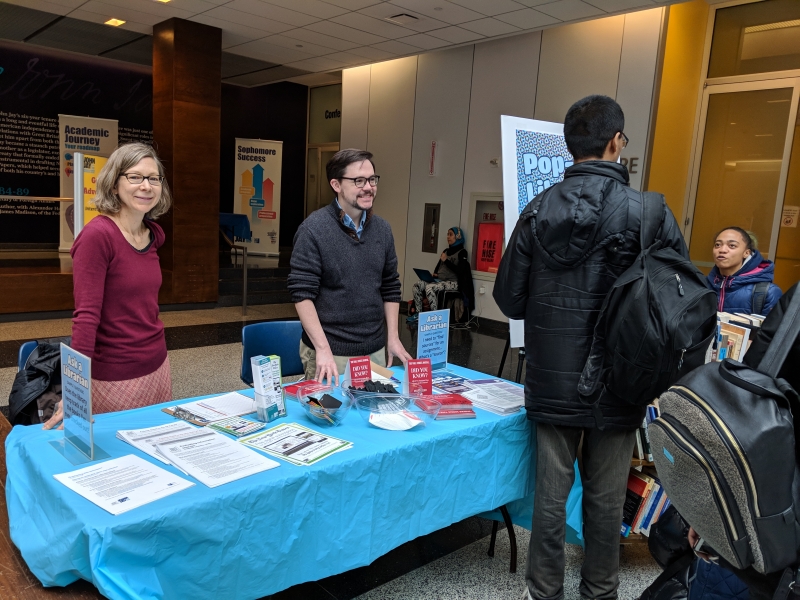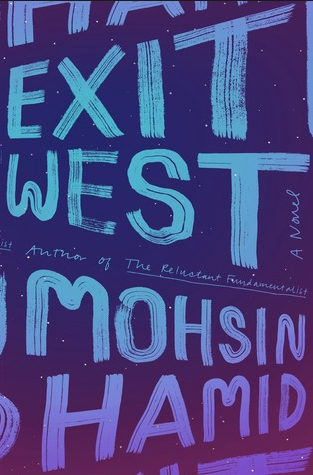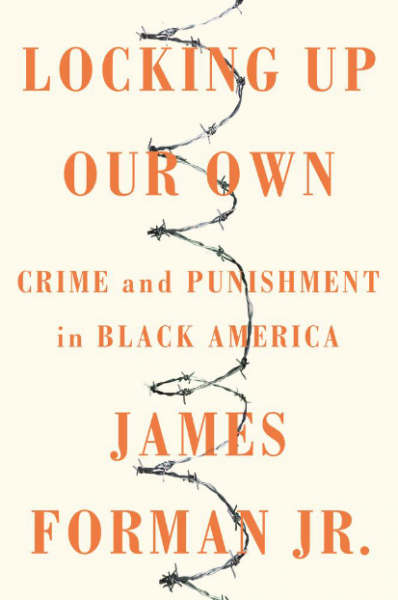Kathleen Collins
Two new faculty members joined the Lloyd Sealy Library in Spring 2018: Matthew Murphy and Joy Dunkley.
The Library welcomed Matthew Murphy as Cataloging and Metadata Librarian and Assistant Professor. Matt comes to the library after 12 years at the New-York Historical Society, where he was the head of cataloging and metadata since 2011, previously serving as a reference assistant in the Department of Prints, Photographs, and Architectural Collections, and working on an NEH-funded cataloging project. Over the last several years, he also worked part-time at Berkeley College and Fordham University’s Lincoln Center campus. He brings valuable experience in the creation of documentation, managing cataloging workflows and large-scale cataloging projects, and training employees in cataloging rare books, manuscripts and other special collections materials. Matt received his B.A. in history and metropolitan studies from NYU, his Master’s degree in Library and Information Science from Long Island University’s Palmer School of Library & Information Science (with an Advanced Certificate in Archives and Records Management), and recently received a certificate from the Rare Book School, a program based in Charlottesville, VA, that supports the study of the history of books and printing.
At the Lloyd Sealy Library, Matt has his sights set on working with Special Collections librarian, Ellen Belcher, and other faculty and staff to provide more access to the library’s rich collections. “I’m very excited to be serving the students, staff and faculty at John Jay and doing everything I can to provide the best service,” he says.
As a faculty member, Matt has already indicated a research interest that draws on his history background and potentially the Library’s special collections as well. His extracurricular interests include bookbinding and antiquarian photography. Mixing math and chemistry in with the history, he is in the process of building a calotype (box) camera that uses a 19th-century post-daguerreotype photographic process where a negative is produced, allowing paper copies to be made.
The Library also welcomes Joy Dunkley as a substitute Reference and Instruction Librarian this Spring. She has performed reference, instruction, and collection development duties at several CUNY libraries, including Bronx Community College, York College, Borough of Manhattan Community College, and Queensborough Community College. With a Master’s in Public Health from Hunter, in addition to her Master’s degree in Library and Information Science from Pratt Institute, she worked closely with the faculty and students in the nursing and allied health program at Bronx Community College.
Joy has substantial teaching experience in the form of library research instruction sessions. She has also taught semester-long, credit bearing information literacy classes, including a required class in research methods for first-year students at ASA College and an information literacy class for first-year medical students at SUNY Downstate Medical Center. To keep up with trends in the field, she is currently pursuing a professional development certificate course in library instruction at Library Juice Academy. In addition to her interest in public health, Joy is working on a paper with the working title “Assessing credit bearing information literacy sessions at a community college,” as well as a research project involving the map collection at the National Library of Jamaica.
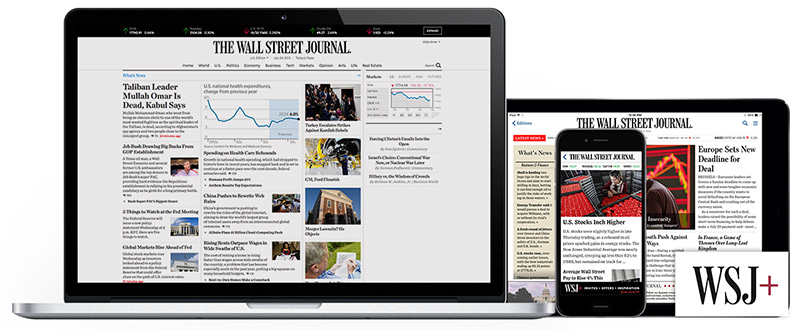
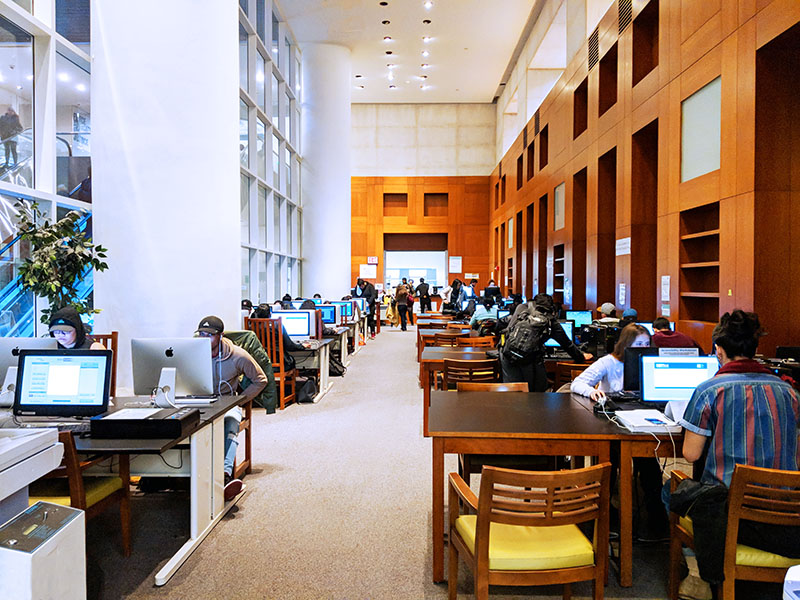 24-hour Library Lounge & Lab
24-hour Library Lounge & Lab